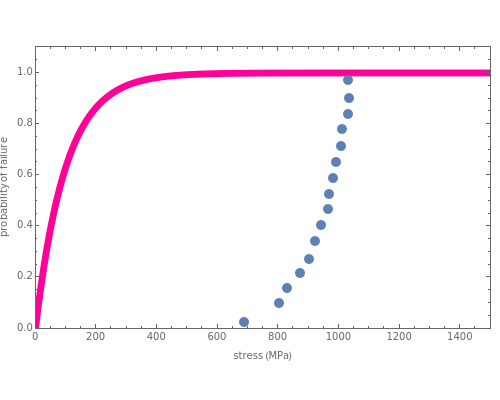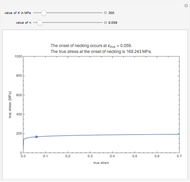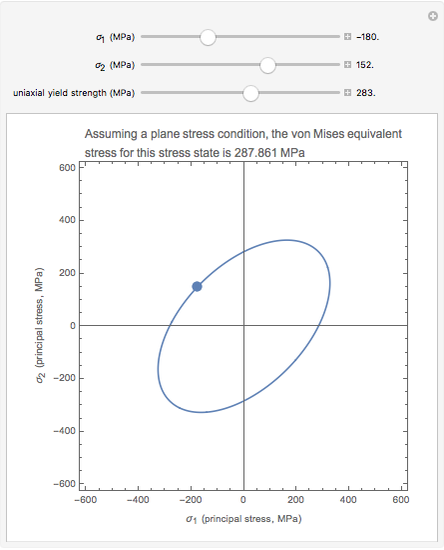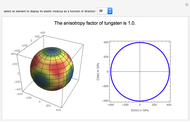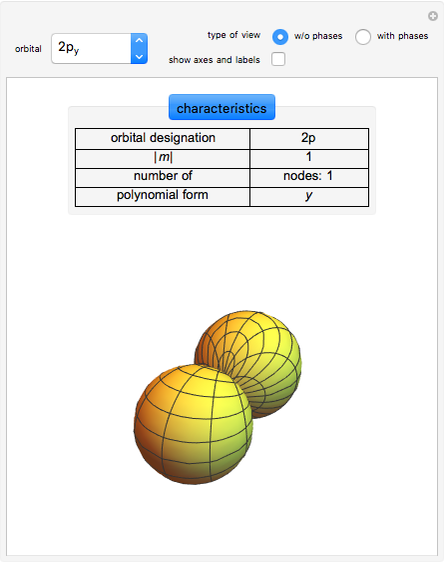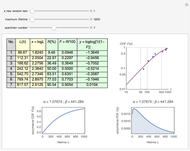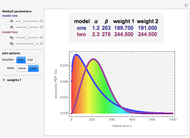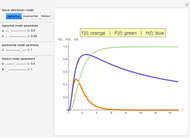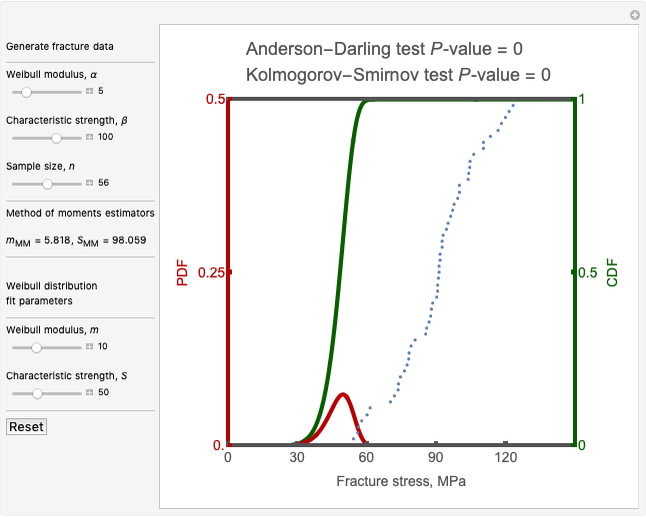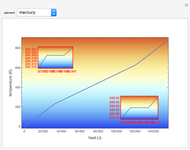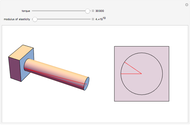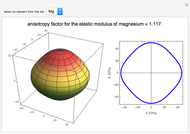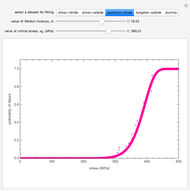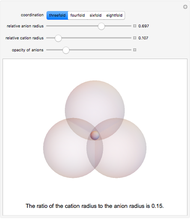Weibull Statistics for Fracture Data

Requires a Wolfram Notebook System
Interact on desktop, mobile and cloud with the free Wolfram Player or other Wolfram Language products.
As a result of defects in ceramic materials, the stress at which a specimen fractures can vary widely. For five different materials, the probability of fracture is shown as a function of the applied stress. The fracture data can be analyzed using Weibull statistics. The Weibull modulus,  , quantifies the scatter of the strength values (i.e., high values of
, quantifies the scatter of the strength values (i.e., high values of  indicate low scatter); the critical stress,
indicate low scatter); the critical stress,  , depends on the material. The Weibull parameters can be adjusted to fit the different datasets.
, depends on the material. The Weibull parameters can be adjusted to fit the different datasets.
Contributed by: Megan Frary (Boise State University) (March 2011)
Open content licensed under CC BY-NC-SA
Snapshots
Details
The dataset for alumina is from J. Roesler, H. Harders, and M. Baeker, Mechanical Behaviour of Engineering Materials: Metals, Ceramics, Polymers, and Composites, New York, NY: Springer Berlin Heidelberg, 2007. The datasets for silicon nitride, silicon carbide, and aluminum nitride are from M. A. Meyers and K. K. Chawla, Mechanical Behavior of Materials, Upper Saddle River, N.J.: Prentice Hall, 1999. The dataset for tungsten carbide is from L. Guerra Rosa, J. Lamon, I. Figueiredo, and F. A. Costa Oliveria, "A Method to Distinguish Extrinsic and Intrinsic Fracture-Origin Populations in Monolithic Ceramics," Journal of the European Ceramic Society, 26(16), 2006 pp. 3887–3895.
Permanent Citation
"Weibull Statistics for Fracture Data"
http://demonstrations.wolfram.com/WeibullStatisticsForFractureData/
Wolfram Demonstrations Project
Published: March 7 2011
